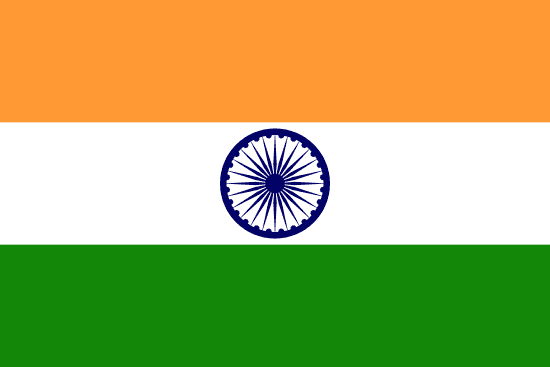"धरोहर की गहराई में | In the Depths of Heritage"
About:
Chhatarpur, founded by Maharaja Chhatrasal in 1707, is a city in Madhya Pradesh, India. It was part of the princely state of Bundelkhand until 1956, when it joined the Indian Union. Known for its rich cultural heritage, the city is home to the famous Khajuraho Group of Monuments, a UNESCO World Heritage Site. Today, Chhatarpur's economy is largely agrarian, with a growing emphasis on tourism due to its historical and architectural significance.
When to visit:
Chhatarpur is a city located in the Indian state of Madhya Pradesh, known for its historical and cultural significance. The best time to visit Chhatarpur is during the winter months, from November to February, when the weather is cool and pleasant. This time of year allows for comfortable sightseeing and exploration of the city's landmarks such as the famous Khajuraho temples. Visitors can also enjoy traditional festivals and events that take place during the winter season, providing a deeper insight into the local culture and traditions of Chhatarpur.
When to avoid:
Chhatarpur, a city in India known for its historical and architectural significance, experiences extreme weather conditions throughout the year. The worst time to travel to Chhatarpur on a holiday would be during the summer months of May and June, when temperatures soar above 40 degrees Celsius, making outdoor activities unbearable. Monsoon season, from July to September, brings heavy rainfall and potential flooding, disrupting travel plans and sightseeing opportunities. Winter, from December to February, can also be challenging with cold temperatures and fog affecting visibility. Therefore, it is advisable to plan your holiday to Chhatarpur during the more moderate weather of the spring or autumn months for a more comfortable and enjoyable experience.
Winter Season (Dec-Feb)
Chhatarpur, Madhya Pradesh, India experiences its coldest and wettest period from June to September, during the monsoon season. Average temperatures range from 25°C to 35°C. Rainfall is abundant, with up to 1100mm falling during this period. The days are often overcast, with limited sunlight. Humidity levels are high, making the air feel heavy. An average day for a visitor might involve navigating through intermittent showers and enjoying the lush greenery brought on by the rains. Indoor activities are recommended during heavy downpours.
Summer (April-June)
Chhatarpur, India experiences its warmest part of the year from April to June. During this period, daytime temperatures typically range from 40°C to 45°C (104°F to 113°F). Rainfall is scarce in these months, as the monsoon season doesn't usually start until late June.
Sunlight is abundant, with approximately 13 hours of daylight each day. Humidity levels are relatively low, ranging from 15% to 25%, making the heat more bearable. Cloudiness is minimal, with clear, blue skies being the norm.
For a visitor, a typical day in Chhatarpur during this period would feel intensely hot, especially in the afternoon. Mornings and evenings are slightly cooler, providing some respite from the heat. Despite the high temperatures, the low humidity keeps the heat from feeling oppressive. The abundance of sunlight and clear skies makes this a great time for indoor activities or sightseeing in the early morning or late evening.
Language:
In Chhatarpur, a city in the Indian state of Madhya Pradesh, the most commonly spoken language is Hindi. This is due to its location in the Hindi Belt of India. Additionally, Bundeli, a dialect of Hindi, is also widely spoken. English is used in official and educational contexts, but is not as commonly spoken among the general population.




